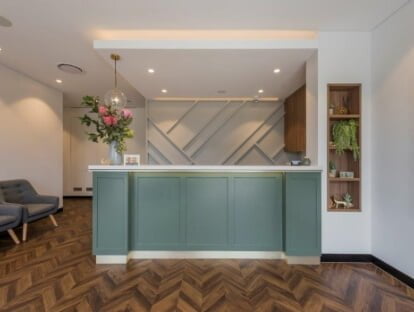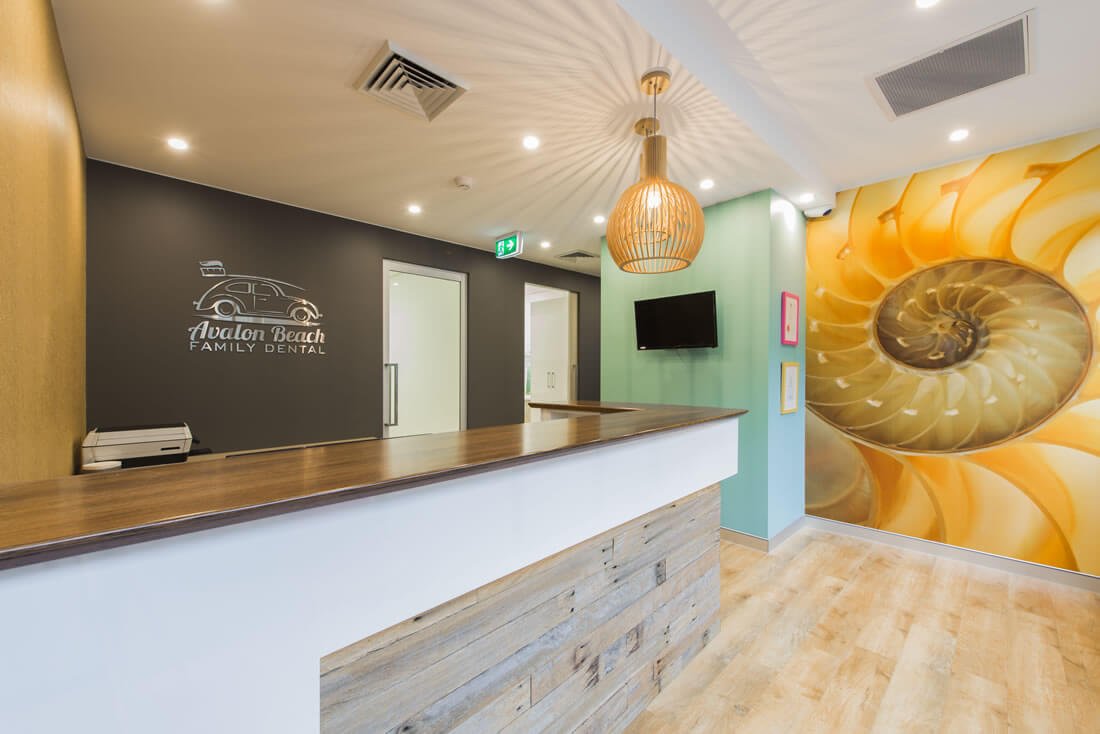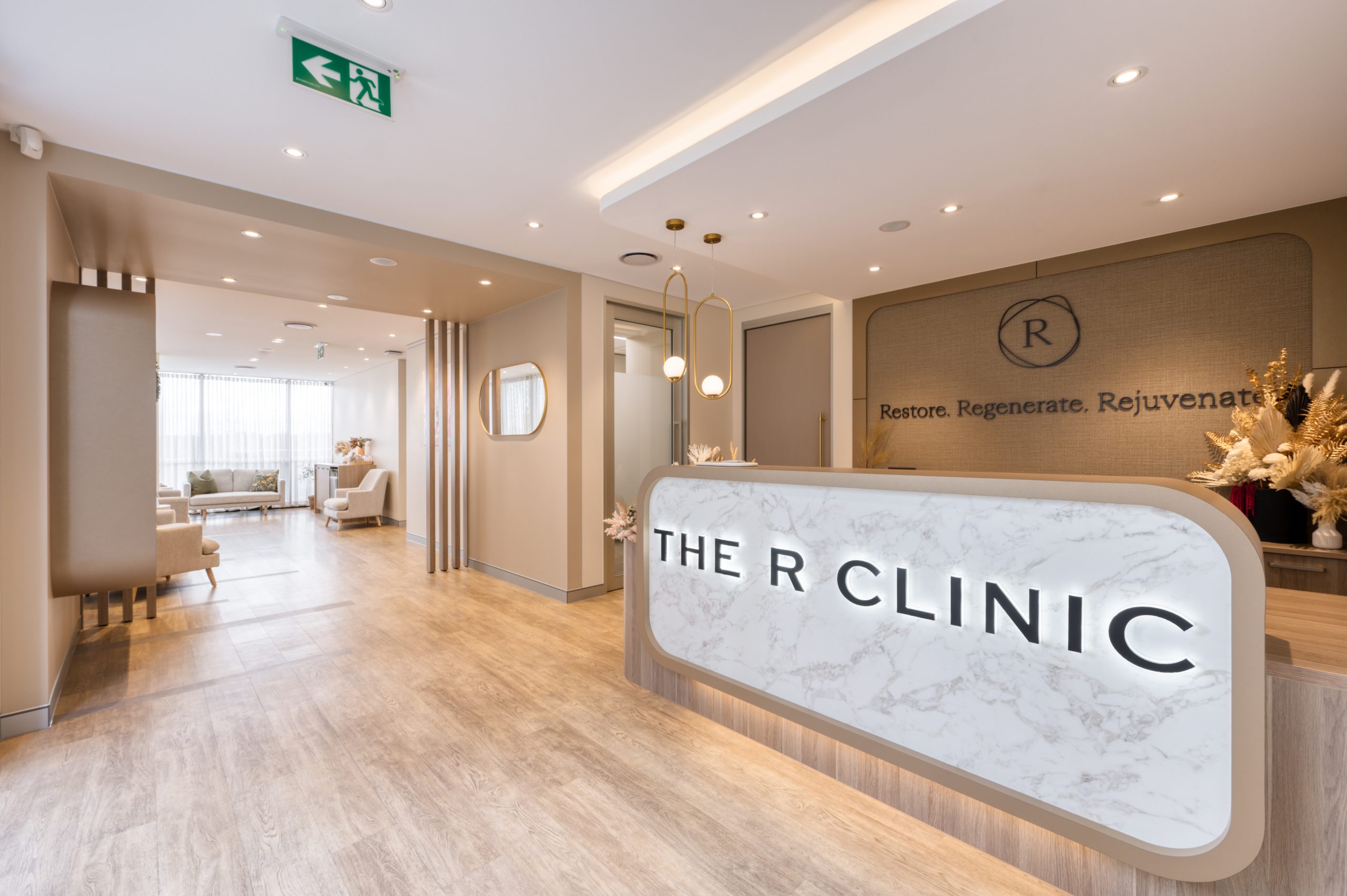A strongly held philosophy of preventive dentistry has been the catalyst for the total makeover of a Canberra dental practice that is a delight for both staff and patients alike. The name of the dental practice, “Preventive Dentistry’, reflects the ethos of using preventive treatments and preserving the natural dentition of their patients with the least invasive approach. Established in 1963 by Dr Noel Egan, the practice was the first in the Australian Capital Territory to utilise dental hygienists to implement preventive dental care. Dr Steve Lising has been part of the practice since 1997, taking over from Dr Egan two years later in 1999. The philosophy of the practice has been retained ever since.
Over the years, Preventive Dentistry has grown to keep up with demand for its services, recently moving from Turner to Braddon, increasing the number of treatment rooms to five, utilising newer technology and providing patients and staff with more comfortable surroundings. Dr Lising’s wife, Dr Ann Duong, who joined the practice in 2005, has a keen eye for aesthetics and design and the couple also had a good concept of the type of layout which would work, having each worked in private practice for many years. They enlisted Sydney surgery design company, Perfect Practice, to put their ideas onto paper and then build. “We loved the location but the space came with some significant challenges including eight columns in all the wrong places and the inability to core drill the slab for plumbing,” Dr Lising said. After an initial period of refining the design to fit the available space, the build commenced on the modern low rise building in Braddon, the newest part of Canberra’s thriving business district. Two years on, the location has proven very successful, with a commanding position presenting an opportunity to promote the practice to passers-by using Preventive Dentistry’s logos and signage on the building’s windows. New patients are welcomed into the reception area with its stepped reception counter and inbuilt corner glass consumables cabinet, which opens to a spacious patient lounge. A striking gold metal lattice light fitting in the shape of a globe, together with the choice of colours, furnishings and materials in both reception and the waiting room, reinforces the upmarket feel.

The cool green wall behind reception, contrasting with the crisp brushed aluminium “Preventive Dentistry” lettering, is not only aesthetically pleasing, but as Dr Lising explains, is calming to patients as well. A large bunch of brightly coloured flowers displayed on the reception counter gives the impression of a day spa. The adjoining patient lounge has a combination of leather textured upholstered benches, individual seating and an oversized ottoman on dark brown textured carpet tiles. A bespoke woodgrained modular feature wall housing a monitor showing Dr Lising’s own nature photography and spot-lit illuminated magazine racks, along with the expansive glass windows and first floor location, provide a pleasant ambience. Wood grain flooring is also used extensively in the common areas, providing a warm feel. Bleached effect light woodgrain laminate cabinets and white worktops with contrasting dark splashbacks and dark window frames give the surgeries a bright modern look. Dr Lising said the objective was to relieve patient anxiety by avoid the typical “sterile” clinical feel of a dental surgery and instead focusing on patient comfort using modern interior design to evoke a “fresh, clean, airy” feel. Preventive Dentistry has five bespoke surgeries – three for dentists and two for hygienists – which are shared by four dentists and five dental hygienists six days a week. Most patients are well maintained with regular, six- to nine-monthly appointments for hygiene and dental examinations. Each of the five surgeries was ergonomically designed and decorated with careful consideration to the individual clinician’s requirements and the procedures that are performed.
The dental team is also well cared for, with a generously sized kitchen, changing room, locker and private toilet as well as internal access to the secure staff parking area that can accommodate 10 cars. The plant, equipment and storage room is located in the adjoining carpark to minimise noise and facilitate more space within the practice. Natural greens, rich brown and off-white are used on cabinetry in the large staff kitchen/meals room and the L-shaped central sterilisation room, complementing the wood-grain used elsewhere. Large windows are a feature of the building, which have been successfully incorporated into the design of the practice, especially the surgeries where natural light makes for a pleasant work environment. Daylight can be controlled with either filtered or block-out blinds depending on the orientation and time of day. Having such large windows provides a bird’s eye view of some of Canberra’s landmarks framed by seasonally changing foliage.
Patient comfort is enhanced considerably by the choice of new A-dec 500 chairs with plush sewn upholstery, together with re-upholstered A-dec chairs relocated from the previous practice. The newer A-dec 500 chairs feature Continental delivery systems, which have the advantage of improved operator ergonomics and an easy to clean delivery head. The supported “whip arm” tubing is clear of the floor and patient chair and also prevents a handpiece, scaler or expensive camera being accidently dropped. The entire control head can be swung away for ease of entry and egress to the chair and is fully left and right-hand compatible. The high tech “SoproLIFE” intraoral cameras used by the dentists are a key part of the minimally invasive approach to dentistry adopted by the practice to aid diagnosis and treatment planning in consultation with patients. Dr Lising routinely uses the SoproLIFE camera during the initial examination to get a baseline record of the condition of the teeth, fillings and soft tissues, but in particular to assess occlusal pits and fissures. SoproLIFE has a “Macro” setting for zooming in on fine details with 115-x magnification to help detect cracks or open restoration margins. The images are shared with the patients via large ceiling mounted monitors. Dr Lising says this objective assessment is great for conservative dentistry by avoiding unnecessary interventions. “It is an extra tool to justify the decision not to replace old restorations or open stained fissures if they are stable even though they might not be perfect.” The opposite could also be true, where undetected caries could spell future problems for the patient. “Having a tool which will show me areas of caries hiding under stained fissures or at cavity margins, often leads me to discover unexpected caries in areas that I thought were sound. You can find and treat caries before it is large enough to show up on X-rays. Showing the images to the patient involves them in decisions on treatment options and is also a great medico legal record of the patient’s tooth health and dental procedures carried out over time,” Dr Lising said. When restorative, prosthetic or surgical procedures are indicated for patient care, Preventive Dentistry’s dentists Dr Lising, Dr Duong, Dr Scott Park and Dr Deanne Carr work as a team to provide a wide scope of dental treatment by sub-specialising within the practice. The dentists refer patients to each other for some components of their overall treatment plan.
Dr Lising loves the challenge of complex reconstructive cases utilising modern high strength and high aesthetic ceramics with minimal tooth preparation and implant borne prostheses to return
debilitated dentitions to full function. He integrates state-of-the-art technology including Canberra’s only 3 Shape TRIOS 3 colour intraoral scanner and AMD Picasso diode laser to achieve the
highest precision whilst maintaining patient comfort. Dr Ann Duong’s appreciation of aesthetics, keen eye for detail and meticulous approach to planning and execution of Preventive Dentistry’s new rooms is reflected in her dentistry. “Sometimes dentistry is as much an art form as it is a science. Creating beautiful smiles is where the two meet.” Dr Park is arguably Canberra’s most experienced dental sleep medicine clinician utilising SomnoDent and Oventus MAS devices. He also has a special interest in digitally guided implant placement using the TRIOS, CBCT and the DIOnavi system. Dr Deanne Carr has a special interest in injectables for treatment of TMD as well as a wide range of cosmetic applications that complements her passion for cosmetic dentistry. She also enjoys endodontics, which Dr Lising is particularly happy to refer to her. As Preventive Dentistry utilises the 3Shape TRIOS 3 colour scanner instead of taking impressions, Dr Lising now plans to convert the laboratory to a CBCT/OPG room. This was one of the various options factored into the original surgery design. “I th ought a five surgery practice was big enough but if the practice keeps growing, we might have to convert the staff kitchen into surgery number six and take the staff out to lunch every day!” Dr Lising said (half) jokingly.
Written by David Petrikas as it appeared in the March/April 2018 issue of the Australasian Dental Practice Magazine






